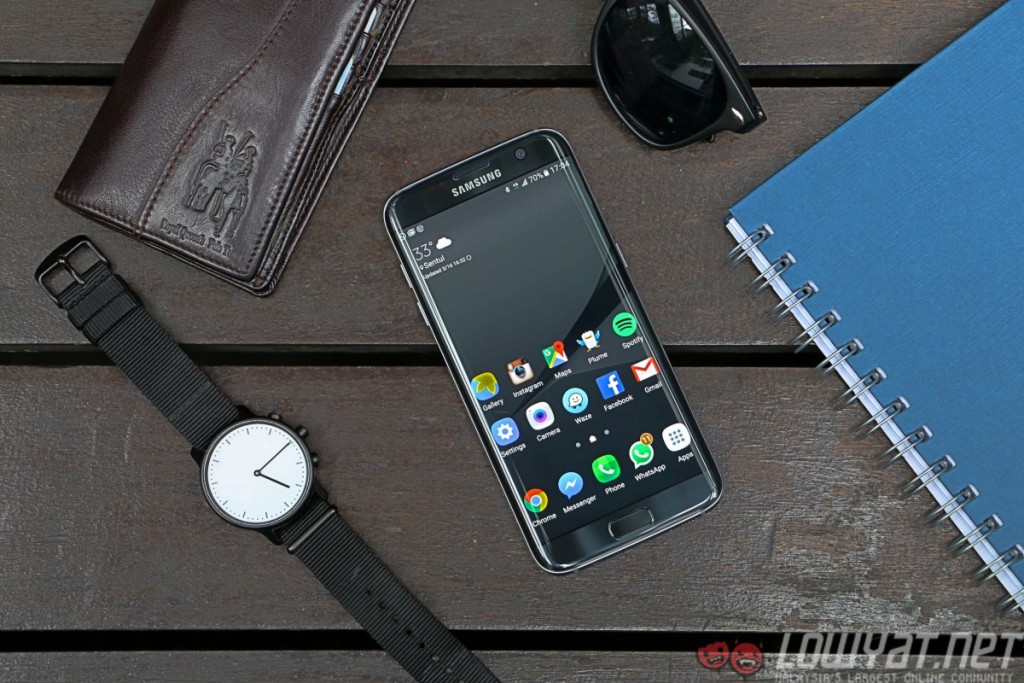The Google Pixel smartphones marked an end to the Nexus lineup. While some may not be thrilled by this, there’s no doubt that the Pixel and Pixel XL are a step above any Nexus smartphone released in the past. They’re premium, feature-packed, and most importantly, they are Google’s very own take on Android, and that’s a big deal.
However, the real question is, how does the Pixel smartphones compare to other flagship devices released so far? And are they really better than last year’s Nexus smartphones? Let’s put their specifications side by side to find out.
Evidently, both the Pixel and Pixel XL boast superior hardware to last year’s Nexus 6P and Nexus 5X, but that’s really a given. However, one thing does stand out: the hardware gap between the Pixel and Pixel XL isn’t that big in comparison to the differences between the Nexus 6P and Nexus 5X.
Sure, the Pixel has a lower resolution display and a smaller battery, but it shares the same processor, cameras, RAM, and storage capacities as the bigger, beefier Pixel XL. Other than that, the Pixel smartphones also has a feature that no other Android devices have right now: Google Assistant. While Nexus smartphones are meant to provide a “pure Android” user experience, the Pixel smartphones offer features that distinguish Google phones over other phone makers’ offerings.
When compared to other flagship smartphones released this year, the Pixel smartphones can definitely go toe-to-toe with the best. They’re packed with the latest Qualcomm Snapdragon 821 processor, a reasonable amount of RAM and storage, and supposedly, “the best smartphone camera ever,” as rated by DxOMark.
That being said, the Pixel smartphones are by no means perfect. For one, they do not have expandable storage, not to mention any form of dust and water resistance, which is increasingly common in flagship smartphones. In this respect, Samsung’s flagship devices – the Galaxy Note 7 and S7 edge – along with the Sony Xperia XZ have the advantage.
But the Pixel and Pixel XL do have a couple of notable advantages over any other Android devices; as Google phones, the latest versions of Android will always be available on these devices first. It’s the very same reason why consumers loved Nexus smartphones, although the Pixel smartphones do not share the same price tags as the former – unfortunately.
For better or worse, that’s just how things are now: Pixel smartphones are not meant to replace the Nexus lineup; the former clearly takes a different approach. After all, the Pixel and Pixel XL are Google’s very first Android devices. Although they’re technically manufactured by HTC, they are designed by Google itself, “inside and out,” as the company puts it.
The Google Pixel and Pixel XL are Google’s own smartphones, and that in itself is a big deal. However, it still remains to be seen if they will be well-received by consumers. These smartphones’ high asking price and lack of expandable storage are just some aspects that might put off potential customers.
Regardless, it will be very interesting to see if the Pixel and Pixel XL will succeed, and whether or not they will be launched officially here in Malaysia.


